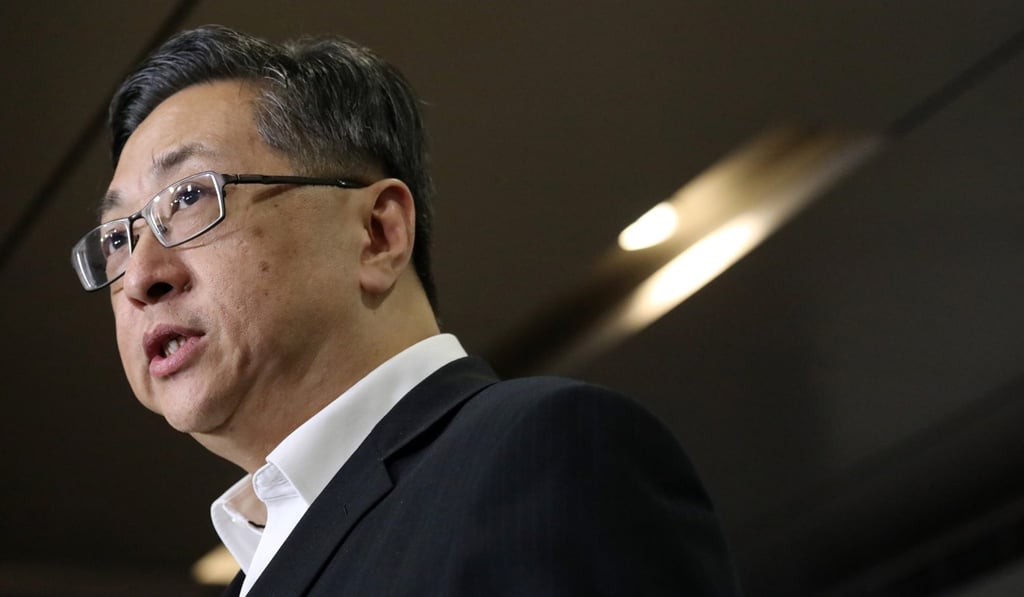When is a riot not a riot? Carrie Lam’s latest attempt to pacify Hong Kong public does little to clear muddy waters
- Chief executive’s insistence that government has never described protesters as rioters raises more questions
- Legal experts say people caught up in violent clashes could be charged just for being there

The Hong Kong government’s latest attempt to play down the nature of the violent clashes between police and protesters triggered by the extradition bill has done little to end the debate over its categorisation as a riot, legal specialists and a political scientist said.
During her press conference on Tuesday, Chief Executive Carrie Lam Cheng Yuet-ngor reiterated her stance that the government did not regard peaceful protesters as rioters.
“It only refers to certain people’s behaviour over a particular period of time,” she said.
That approach, however, raised questions from legal experts as to whether the government’s intention was to pacify the public, while at the same time warning that those who had charged a police barrier in the worst of the clashes last Wednesday could still be accused of rioting.
Police classified the clashes outside the Legislative Council as a riot, during which they fired tear gas, rubber bullets, and beanbag rounds at demonstrators pushing towards defensive barriers. Around 80 people, including 22 officers, were injured in the unrest.

But, on Monday evening, police commissioner Stephen Lo Wai-chung said only those who had been involved in attacking frontline officers could be accused of rioting, and urged other protesters not to be concerned.